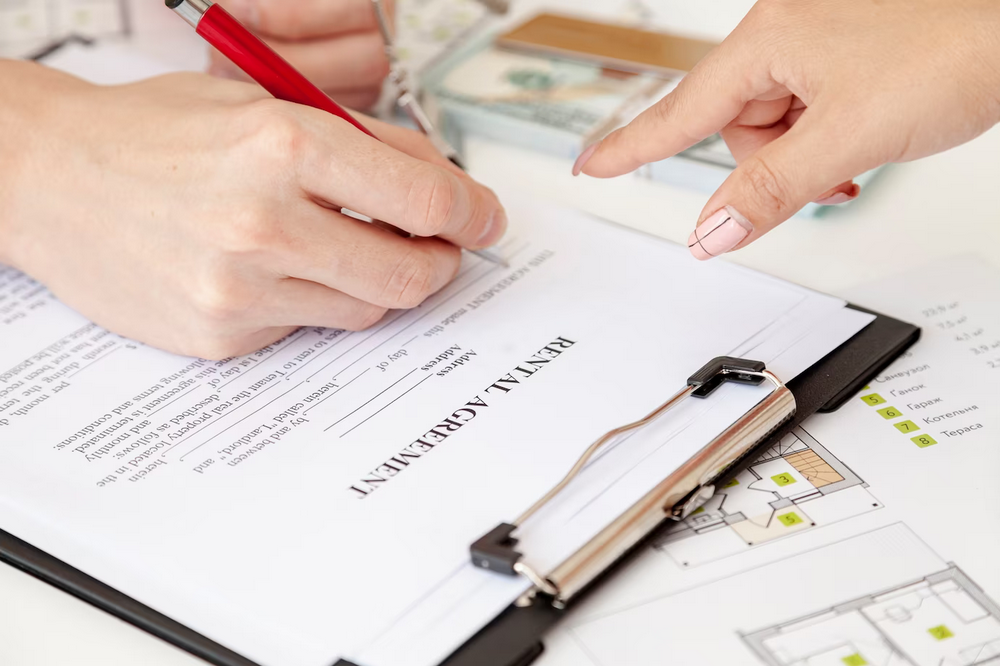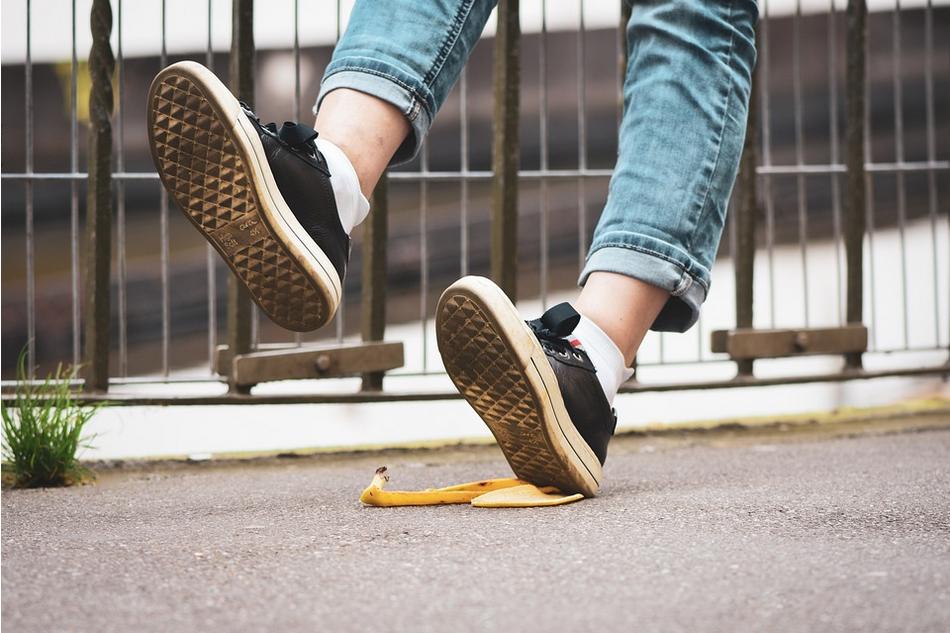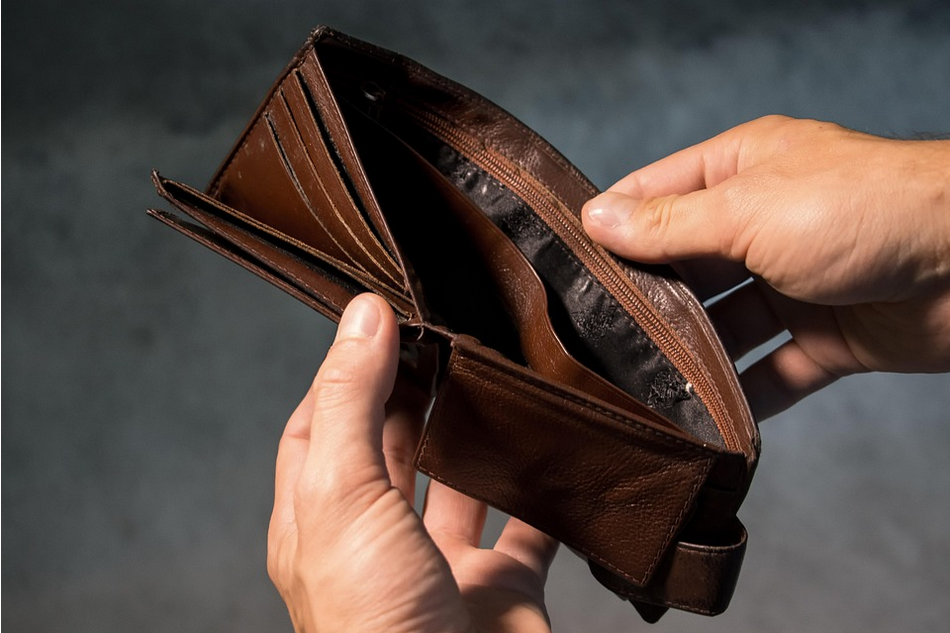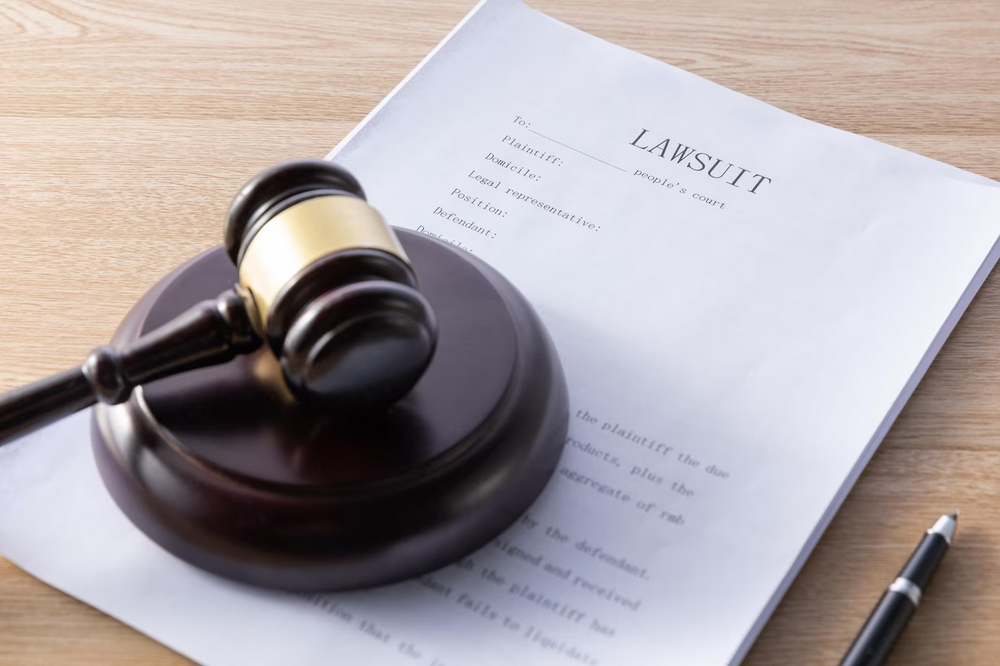Premises liability is a body of law that holds property owners and occupiers responsible for damages that occur on their property due to negligence. When property owners and occupiers fail to take reasonable care in the maintenance and upkeep of their premises, they can be held liable for any resulting injury or damages that occur.
This section will provide an overview of premises liability, negligence as the basis for liability, types of premises liability claims, determining liability in premises liability cases, filing a premises liability claim, and potential damages in premises liability cases.
The standard for determining liability in premises liability cases is negligence. Negligence is when a property owner or occupier fails to take reasonable care to ensure that their premises are safe for visitors. This includes ensuring that their premises are free from hazards and that visitors are warned of any potential dangers.
In order to establish liability, it must be proven that the property owner or occupier did not take reasonable care and that the accident or injury was caused by the breach of this duty of care.
Overview of Premises Liability
Premises liability is a legal concept that holds property owners responsible for certain types of accidents that occur on their property.
The legal duty of property owners is to provide a safe environment for those lawfully on the premises.
Common causes of premises liability accidents include negligent security, hazardous conditions, and inadequate maintenance.
Defining Premises Liability
The concept of legal responsibility for injuries occurring on a property is an important element in the analysis of potential legal action.
In legal terms, premises liability is the responsibility of a property owner or occupier to maintain their property in a condition that is safe for others. It can be applied to any type of property, such as a home, business, or public area, and any type of injury that may occur, including physical and emotional harm.
When determining premises liability, there are four key factors that are typically taken into consideration: duty of care, breach of duty of care, causation, and damages.
Duty of care is the responsibility of the property owner or occupier to exercise reasonable care to protect visitors from preventable harm.
Breach of duty of care is the failure of the property owner or occupier to meet the standard of care.
Causation is the link between the breach of duty and the injury suffered. Finally, damages refer to the physical or emotional harm suffered as a result of the breach of duty.
The Legal Duty of Property Owners
Property owners are legally obligated to exercise reasonable care to protect their visitors from potential harm. This duty is based on the legal concept of premises liability, which dictates that a property owner is liable for any injury that occurs on their premises due to failure to maintain the property or warn visitors of potential dangers. The legal duty of property owners is to provide a safe environment and take proactive steps to reduce the risks of injury or harm.
The legal duty of property owners can be divided into four categories, depending on the type of visitor to the property: invitees, licensees, trespassers, and child trespassers. An invitee is a person who enters the property for business purposes, such as a customer at a store or restaurant. A licensee is a person who enters the property for their own pleasure or convenience, such as a social guest. A trespasser is someone who enters the property without the owner’s permission. Finally, a child trespasser is a person under the age of 18 who enters the property without permission.
| Visitor Type | Legal Duty to Property Owners |
| Invitee | Must exercise reasonable care to protect the visitor from potential harm |
| Licensee | Must warn the visitor of potential hidden dangers on the property |
| Trespasser | Must not willfully or wantonly injure the visitor |
| Child Trespasser | Must use reasonable care to protect the visitor from known or obvious dangers on the property |
Common Causes of Premises Liability Accidents
Negligent maintenance and inadequate security measures can lead to accidents that result in premises liability claims. Property owners have an obligation to maintain their premises in a safe and orderly manner, to protect visitors from any potential danger.
Common causes of premises liability accidents include failure to maintain a safe environment, neglecting to properly inspect and repair the premises, or failing to provide adequate security measures.
Inadequate security is a common cause of premises liability accidents. This can include the failure to provide a sufficient number of security guards, the use of inadequate locks or security systems, or the failure to install gates or fences to prevent unauthorized access.
Additionally, property owners may be held responsible if they fail to provide adequate lighting in parking lots, stairwells, and other areas of their premises. This can cause visitors to trip and fall, resulting in serious injuries.
Lastly, property owners may be liable if they fail to maintain proper maintenance of the premises, such as failing to address tripping hazards or inadequate drainage. In all of these cases, the property owner may be held liable for claims related to premises liability accidents.

Negligence as the Basis for Liability
A property owner’s failure to exercise reasonable care can have serious consequences for those affected.
Negligence is the basis for a premises liability claim, which is when the owner of a property is liable for injuries suffered due to the property’s hazardous or unsafe conditions.
Negligence requires that the owner knew, or should have known, that the property was unsafe, and that the owner failed to take reasonable steps to protect anyone who may have been affected.
Negligence can also be based on failure to warn of known hazards or failure to take corrective action when a hazard is discovered.
In order to establish that a property owner was negligent, the injured party must establish that the owner had a duty to protect against foreseeable risks and that the owner failed to fulfill that duty.
If the property owner’s failure to fulfill the duty was the cause of the injury, then the property owner may be liable for damages.
Even if a property owner did not act intentionally or recklessly, they may still be liable if their failure to protect against foreseeable risks caused an injury.
Types of Premises Liability Claims
Premises liability claims may arise from a variety of causes, including slip and fall accidents, inadequate security claims, dangerous conditions or hazards.
Slip and fall accidents occur when a person slips or trips and falls due to a hazard or dangerous condition on the property.
Inadequate security claims occur when a person is injured on the property due to a lack of security or inadequate security measures. In such cases, the property owner may be liable for the injuries caused by unsafe conditions.
Dangerous conditions or hazards refer to circumstances where a person is injured due to the presence of a hazard on the property, such as an animal, a hazardous substance, or a structural defect.
Slip and Fall Accidents
Slip and fall accidents are a common type of accident that can result in serious injury.
These types of accidents can occur when an individual slips and falls on a wet or slippery surface, or when an individual falls due to uneven or unstable flooring.
Slip and fall accidents are often the result of negligent maintenance or inadequate warning signs of a hazardous condition.
Property owners can be held liable for a slip and fall injury if they knew or should have known of the hazardous condition and failed to take reasonable steps to fix the problem or warn visitors of the hazard.
In order to prove liability, the injured party must demonstrate that the property owners had knowledge of the hazardous condition and failed to take action.

Inadequate Security Claims
When inadequate security leads to injury, property owners may be held responsible for the resulting damages. Inadequate security claims are a type of premises liability claim, which means that a property owner is legally responsible for any harm that results from their failure to provide a safe environment.
Generally, this type of claim arises when a property owner fails to provide adequate security measures, such as security guards or security cameras, to protect against foreseeable criminal activity. Inadequate security claims can involve a variety of scenarios, such as an assault or robbery, sexual assault, or any other type of criminal activity that could have been prevented had the property owner taken reasonable security measures.
Depending on the circumstances, claimants may be entitled to financial compensation for their medical bills, emotional distress, lost wages, and other damages. It is important to note that premises liability laws vary by state, so a thorough understanding of the relevant laws is essential to successful premises liability claims.
Dangerous Conditions and Hazards
Neglecting to address hazardous conditions on a property can have serious and potentially life-threatening consequences. These hazardous conditions can include a lack of proper handrails, broken stairs, and loose floorboards, as well as inadequate lighting, insufficient security, and a lack of warning signs. When these conditions exist, and are not addressed by the property owner, the owner can be held liable for any injuries that occur.
Furthermore, the owner can be held liable for any injuries that occur due to any dangerous conditions or hazards that are present on the property, such as:
- Uneven walking surfaces
- Falling objects
- Unstable structures
Therefore, it is important for property owners to take the necessary precautions to make sure that their property is safe and free from dangerous conditions and hazards that could cause injury to those who use the property.
Failure to do so may result in legal action and a premises liability claim.
Determining Liability in Premises Liability Cases
When determining liability in premises liability cases, two key subtopics to consider are identifying responsible parties and comparative negligence.
In identifying responsible parties, it is important to evaluate whether the defendant or owner of the property owed a legal duty to the injured party and whether that duty was breached.
Comparative negligence in premises liability claims requires the court to determine the percentage of fault of each party involved in the incident.
Identifying Responsible Parties
Examining the circumstances of an incident to determine the responsible party is a critical step in the process of handling potential premises liability cases. The responsible party is the individual or entity that bears liability for the incident and resulting damages.
In premises liability cases, the responsible party is often the owner or occupier of the premises where the accident occurred. However, depending on the circumstances, other parties, such as contractors, maintenance workers, or other visitors, can also be held liable.
To determine the responsible party, investigators must analyze all the evidence related to the incident and the property in question. This includes examining the timeline of events leading up to the accident, the condition of the premises when the incident occurred, the presence of any warning signs, and the actions of any parties involved in the incident.
If the responsible party is not the owner of the premises, the investigator must determine whether the owner should also be held liable for not taking adequate measures to prevent the incident from occurring. Through this analysis, the investigator can establish a clear picture of the incident and who is responsible for it.
Comparative Negligence in Premises Liability
Having identified the responsible parties in a premises liability claim, it is important to understand the concept of comparative negligence.
Comparative negligence is a legal doctrine that assigns a degree of fault to a plaintiff in a personal injury case. It is used to determine the amount of damages that the defendant must pay to a plaintiff for a personal injury. Comparative negligence is used to determine the percentage of fault that each party has in an accident.
The most common form of comparative negligence is the “pure” form, which means that an injured party’s negligence is weighed against that of the defendant. In a pure comparative negligence system, a plaintiff can recover damages even if they are found to be more than 50 percent liable for the injury.
In some states, a plaintiff may be found to be 100 percent liable, but still be able to recover a portion of the damages. The amount of damages a plaintiff can recover is dependent on their percentage of fault. For example, if a plaintiff is found to be 20 percent liable for an injury, they can recover 80 percent of the total damages.
In a “modified” comparative negligence system, the plaintiff’s negligence must be less than 50 percent for them to be able to recover damages.
It is important for those involved in a premises liability claim to understand the concept of comparative negligence as it applies to their case. This helps to determine the amount of damages that each party is responsible for paying.
Filing a Premises Liability Claim
For a successful premises liability claim, it is important to understand the steps to take after a premises liability accident, as well as the statute of limitations for filing a claim.
Following an accident, it is important to seek medical attention and document the incident, including taking photographs of the incident site and preserving any evidence of the injury.
Depending on the state, the statute of limitations for filing a premises liability claim typically ranges from one to three years, thus it is important to file a claim as soon as possible.
Steps to Take After a Premises Liability Accident
Assessing the aftermath of an incident involving an individual’s physical safety on another’s property can be a complicated process.
Generally speaking, the first steps to take after a premises liability accident are to seek medical attention and document the incident. If possible, the individual should document the scene of the accident with photos and videos to provide additional evidence of the incident.
Furthermore, a person should be sure to obtain the contact information of any witnesses as well as the contact information of the property owner or operator. This will be necessary for filing a premises liability claim.
In addition to the above, it is also important to speak with a premises liability attorney as soon as possible. This will ensure the individual has guidance throughout the entire claims process.
An experienced attorney will be able to properly assess the situation, evaluate the evidence that has been collected, and take the appropriate legal action. Furthermore, they will also be able to help individuals understand the complexities of the law that may be applicable to the case.
Statute of Limitations for Premises Liability Claims
Having taken the necessary steps following a premises liability accident, it is important to understand the statute of limitations for filing a claim.
A statute of limitations is a law that sets a time limit for filing a claim in a civil court. Once the time limit has passed, the injured party is no longer allowed to pursue legal action.
The exact statute of limitations varies from state to state and depends on the type of claim being filed. In general, the statute of limitations for a premises liability claim is two years from the date of the accident, though some states may have extended statutes of limitations for certain claims.
It is important to understand the specific laws of the state in which the accident occurred and file a claim within the allotted time frame. If the statute of limitations has passed, it is unlikely that the court will hear the case. Additionally, evidence related to the accident may become more difficult to obtain as time passes.
For these reasons, it is important to seek legal advice and pursue a claim as soon as possible following a premises liability accident.
Potential Damages in Premises Liability Cases
The discussion of potential damages in premises liability cases should begin with an overview of economic damages. These damages are typically incurred due to medical expenses, lost wages, and property damage stemming from an injury sustained on the premises.
Non-economic damages refer to the emotional and physical trauma caused by the injury, such as pain and suffering, loss of enjoyment of life, and emotional distress. These types of damages can be difficult to prove, but can be substantial if evidence of injury can be provided.
Economic Damages in Premises Liability Cases
When a person is wrongfully injured on another’s property, economic damages are a key factor in determining the potential compensation. Economic damages are typically awarded to compensate the plaintiff for expenses such as medical bills and lost wages due to the injury. Additionally, economic damages may include compensation for future medical costs, damage to personal property, and future lost wages if the injury is severe enough that it impairs the victim’s ability to work.
A successful premises liability claim may result in the plaintiff being compensated for a variety of economic damages, including:
- Medical Bills: The plaintiff may be compensated for any medical bills associated with the injury.
- Lost Wages: The plaintiff may receive compensation for any wages lost due to the injury, as well as any future wages lost due to the injury’s lasting effects.
- Property Damage: If the injury resulted in any property damage, the plaintiff may be compensated for the repair or replacement of the damaged property.

Non-economic Damages in Premises Liability Cases
Victims of wrongful injury on another’s property may not only be eligible to receive compensation for economic losses, but also non-economic damages due to the trauma endured. Non-economic damages refer to losses that do not have a fixed value, such as emotional suffering, physical pain, and mental anguish.
Injuries resulting from a premises liability event can be severe and life-altering, and as such, many courts allow plaintiffs to seek non-economic damages to compensate them for the emotional and physical pain they suffered due to the incident.
Non-economic damages are highly subjective and can be difficult to prove, as they can vary greatly depending on the individual circumstances of each case. Therefore, attorneys must present a compelling argument to the court that their client is entitled to such compensation.
An attorney may present evidence such as medical records, witness accounts, and expert testimony to demonstrate the extent and lasting impact of the injury. Ultimately, if the court finds that the plaintiff has suffered non-economic damages, they may be awarded a reasonable amount of compensation for the emotional and physical trauma experienced as a result of the premises liability incident.
Conclusion
Premises liability claims can be complex and involve many different factors. In order to pursue a claim, it is important to demonstrate that the property owner was negligent in maintaining the premises and that this negligence caused the injury or damage.
In some cases, the property owner may be responsible for all damages, while in others, other parties may be partially at fault. Ultimately, it is important to understand the details of the incident and the applicable laws in order to determine the best course of action.
It is also important to understand the potential damages and the statute of limitations for filing a claim. With the right legal representation, those injured due to a property owner’s negligence can seek compensation for their losses and damages.
Ultimately, choosing to have a personal injury attorney advocate for you is a wise decision. Not only does it assist in obtaining just compensation for your injuries, but it also provides peace of mind knowing your rights are protected throughout the process. If you have suffered an injury due to a property owner’s negligence, don’t hesitate to reach out to 1-800-Ask-Gary for top-notch assistance.


